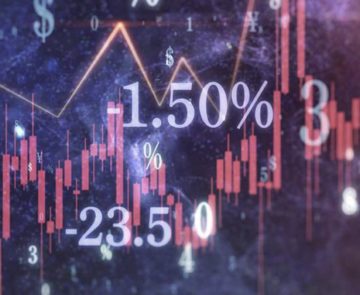Yanis Varoufakis in Project Syndicate:
 As the coronavirus pandemic recedes in the advanced economies, their central banks increasingly resemble the proverbial ass who, equally hungry and thirsty, succumbs to both hunger and thirst because it could not choose between hay and water. Torn between inflationary jitters and fear of deflation, policymakers are taking a potentially costly wait-and-see approach. Only a progressive rethink of their tools and aims can help them play a socially useful post-pandemic role.
As the coronavirus pandemic recedes in the advanced economies, their central banks increasingly resemble the proverbial ass who, equally hungry and thirsty, succumbs to both hunger and thirst because it could not choose between hay and water. Torn between inflationary jitters and fear of deflation, policymakers are taking a potentially costly wait-and-see approach. Only a progressive rethink of their tools and aims can help them play a socially useful post-pandemic role.
Central bankers once had a single policy lever: interest rates. Push down to revitalize a flagging economy; push up to rein in inflation (often at the expense of triggering a recession). Timing these moves, and deciding by how much to move the lever, was never easy, but at least there was only one move to make: push the lever up or down. Today, central bankers’ work is twice as complicated, because, since 2009, they have had two levers to manipulate.
Following the 2008 global financial crisis, a second lever became necessary, because the original one got jammed: Even though it had been pushed down as far as possible, driving interest rates to zero and often forcing them into negative territory, the economy continued to stagnate. Taking a page from the Bank of Japan, major central banks (led by the US Federal Reserve and the Bank of England) created a second lever, known as quantitative easing (QE).
More here.
